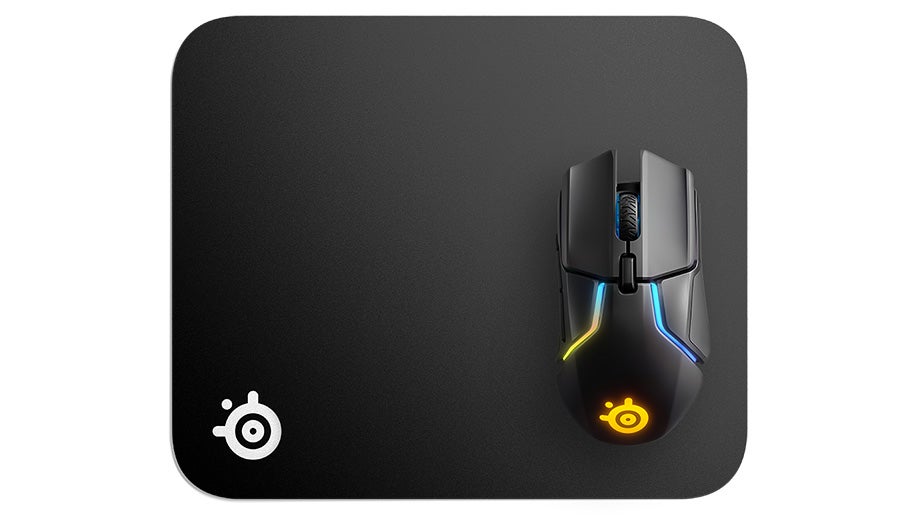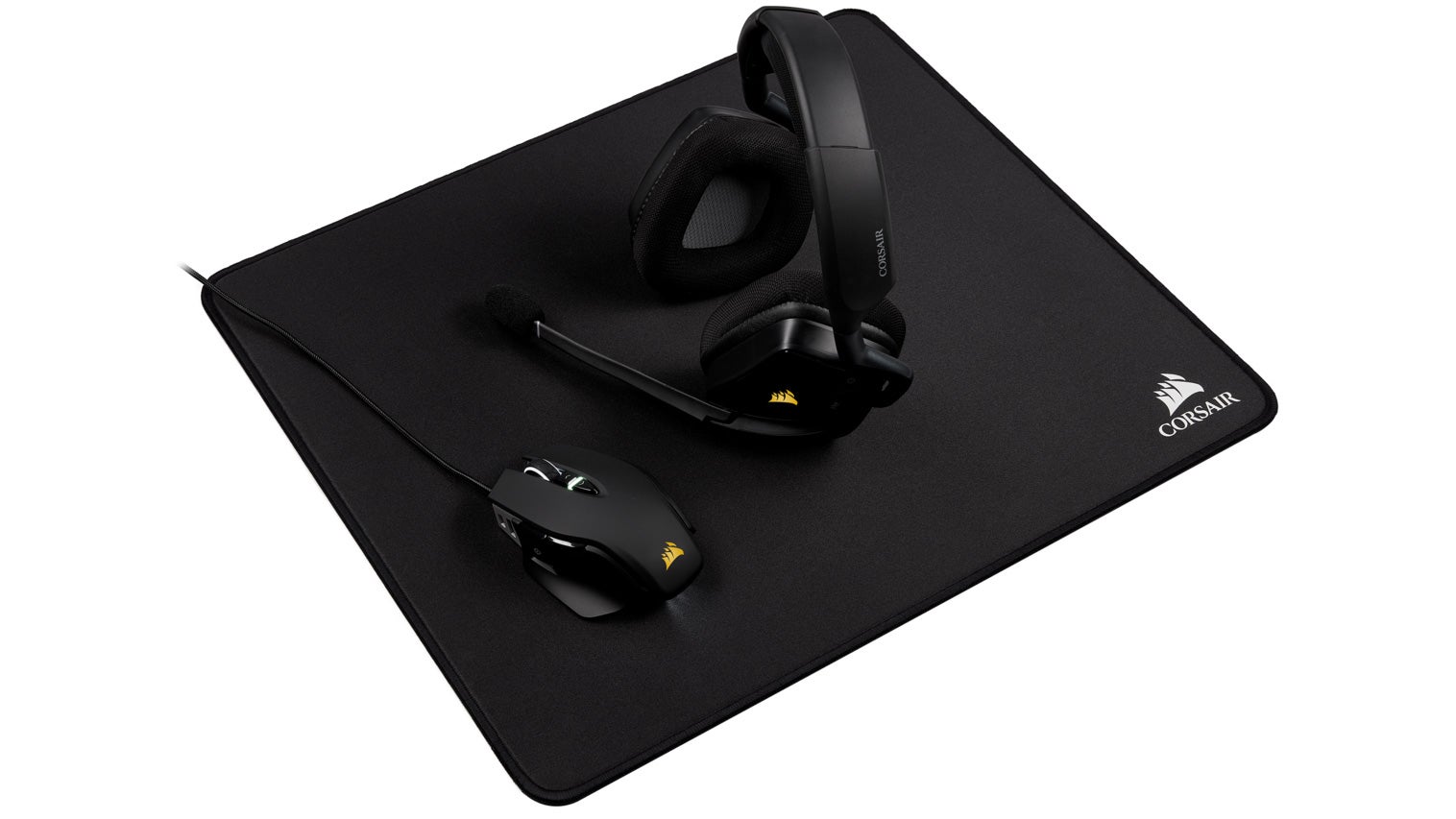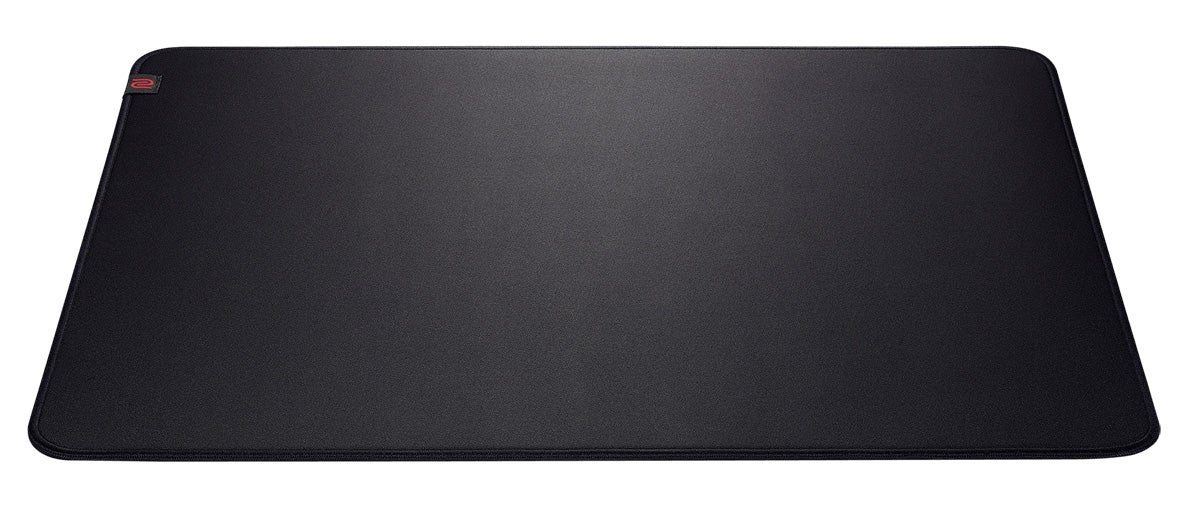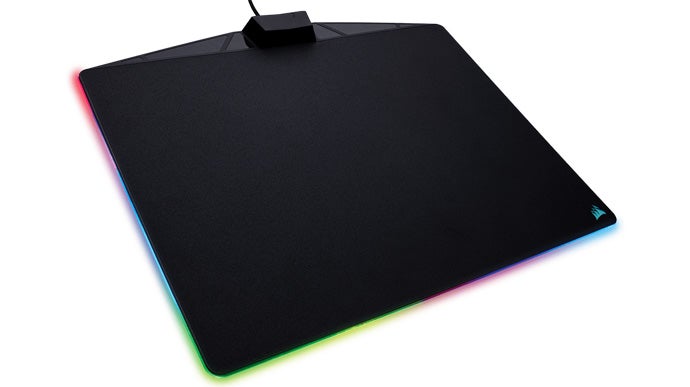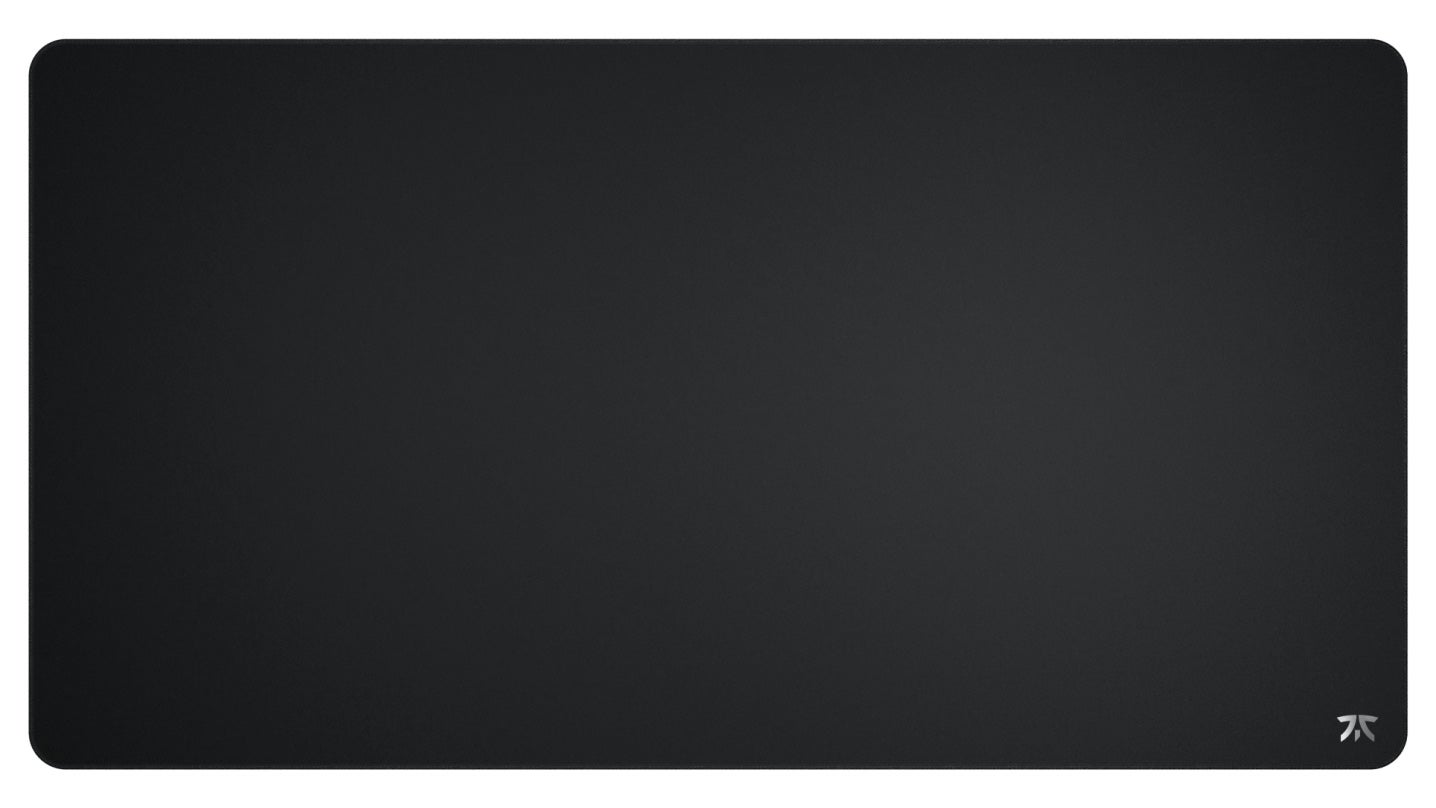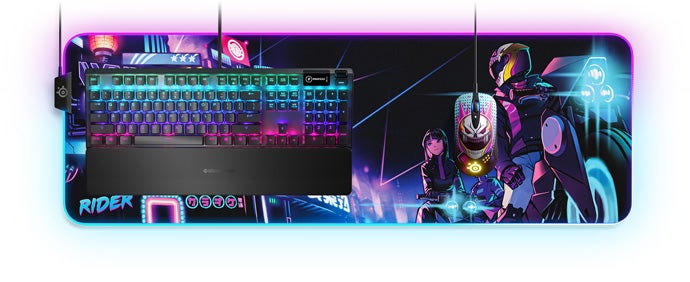We’ve gone with seven battle-tested recommendations, and we’ll continue to add and update these picks over the coming months as new models pass over our desk. As well as making recommendations, we’ll also look at the more basic principles of mouse pad design and explain what options are out there by answering some frequently asked questions and laying out the most common terms in a glossary. Let’s get started with some great entry-level options, before we move onto more specialist examples.
Note: Please disable ad blockers if you can’t see current US and UK prices below each item.
Alternative pick for Americans: PureTrack Talent Series
Alternatively, if you’re in the US, you might consider Talent Series mouse pads from smaller firm PureTrak, which similarly don’t come with a stitched edge but do offer a good level of thickness (6mm) ideal for uneven surfaces and some interesting designs. Apart from a strong smell for the first day we didn’t have any issues gaming in CS:GO or Hades. The SteelSeries QcK Medium remains our overall choice, but at $13 these 12.6x10.6" mousepads are a reasonable upgrade pick.
If you prefer mouse pads with a design, we recommend this blue camouflage “Hailstorm” pad from Sades. It’s the same size as the Corsair MM350 Champion Series, at 45x40cm, and offers the same flat stitched edges and a good surface that mixes speed and control.
If you prefer a more neutral design or a bigger size, our previous pick -the XPG Battleground XL - remains another great option that’s available at a lower price.
Thickness: The depth of a mouse pad affects how it feels to use and often how comfortable it is as well. While materials like plastic or metal can be quite thin, cloth and other soft materials can vary in thickness from 2mm to 5mm or more. Thicker pads will generally be flatter and more comfortable, but thinner options can fit under a keyboard more easily.
Size: Mouse pads are often available in multiple sizes, from compact models barely bigger than a mouse to desk pads that can be a metre wide or more. As a general rule of thumb, the lower your mouse’s DPI setting, the bigger the pad you’ll need. For DPIs under 1000, we recommend a large or extra-large pad.
RGB: Some mouse pads have lighting built into the perimeter of the pad to improve their appearance. This lighting can be a single colour, but more commonly multiple colour options and effects are available. More premium pads have software-controlled RGB, potentially with multiple lighting zones, which can be synced with other RGB-encrusted PC components or peripherals for a synchronised look.
Wireless charging: A small proportion of mouse pads include built-in wireless charging, which can be used to recharge wireless mice from the same brand or Qi-enabled mobile devices like smartphones or headsets. This is convenient, but these mouse pads tend to be premium options due to their added complexity.
The best gaming mouse pads have carefully calibrated surfaces, allowing you to choose between slicker options optimised for speed or rougher surfaces that provide better control. Using a good gaming mouse pad also ensures your mouse feet won’t wear down quickly or unevenly, lengthening your mouse’s useful lifespan. Gaming mouse pads are also offered in large sizes, providing more mousing space - ideal for mice used at low DPI settings. Other features, like perfectly flat edges, RGB lighting and even wireless charging are also available.
How do I choose the right gaming mouse pad?
Start with materials. Plastic or metal hard pads are great for use on uneven surfaces, like badly worn desks, while cloth pads are more comfortable and machine-washable. From here, consider whether your play style emphasises speed (fast games with constant mouse movement like Fortnite) or control (tactical games like CSGO). Size comes next - generally, you’ll want as big as possible, although high DPI mice allow for smaller pads. Finally, consider the features like wireless charging for a Logitech Lightspeed mouse and RGB for that gamer look.
How much should I budget for a good mouse pad?
Entry-level mouse pads are available from around £10/$10 or less, and it’s often possible to get them for free with purchases of other products or from a friend. A professional-grade mouse pad can be had for £20/$20, while fancier models made from more exotic materials, offering extra thickness or other features can cost anywhere up to £50/$50. Unless you have very particular requirements, we don’t recommend spending more than £25/$25 on a mouse pad unless you’re going for top-end components and peripherals throughout.
What do the pros use?
Esports pros in games like Counter-Strike, Fortnite and League of Legends tend to use relatively large mouse pads, thanks to their preference for lower DPI settings than the average gamer. For shooters, weapon choice also affects mouse pad size, with snipers generally using higher DPI settings (and therefore smaller pads) than riflers. Mouse pads from Zowie are the most popular choice for CSGO players, specifically the Zowie G-SR and G-SR-SE, with examples from SteelSeries (QcK Heavy, QcK+) and Logitech (G640) also proving to be common picks.
Got a question we didn’t cover?
We’d be happy to answer it for you! Get in touch via the comments below, or for more reliable replies, use Twitter - @wsjudd. Thanks for reading all the way to the end and we’ll see you on the next article!
